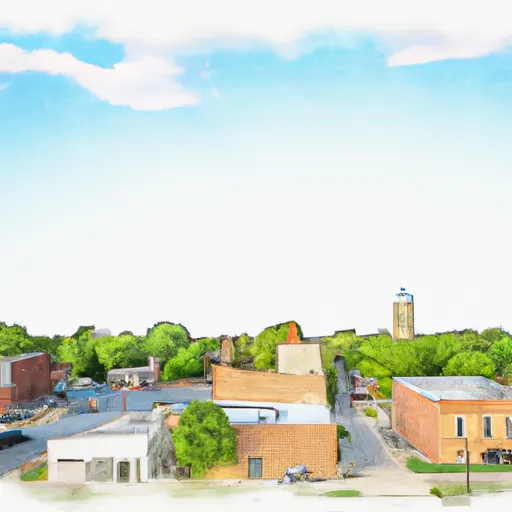°F
°F
mph
Windspeed
%
Humidity











Vining, Iowa is a small town located in Tama County, in the northeastern part of the state. It experiences a humid continental climate, characterized by hot and humid summers, and cold winters. Average temperatures range from around 20°F (-6°C) in winter to 85°F (29°C) in summer.
The hydrology constituents in Vining are primarily influenced by the nearby Iowa River, which flows about 8 miles to the west of the town. The river not only provides a scenic view but also offers opportunities for fishing and boating. Fishing enthusiasts can find a variety of species, including catfish, walleye, and smallmouth bass.
Vining and its surrounding areas offer several outdoor recreation opportunities. The town has a local park that features picnic areas, playgrounds, and sports fields. Additionally, nearby Otter Creek Lake and Park provide opportunities for hiking, camping, and wildlife observation. The park also offers a beach area for swimming and a boat ramp for easy access to the lake.
Overall, Vining, Iowa offers a pleasant climate, access to the Iowa River, and various outdoor recreation opportunities, making it an appealing destination for nature enthusiasts.
Weather Forecast
Vining receives approximately 923mm of rain per year, with humidity levels near 83% and air temperatures averaging around 9°C. Vining has a plant hardyness factor of 5, meaning plants and agriculture in this region thrive during a short period during spring and early summer. Most plants will die off during the colder winter months.
Regional Streamflow Levels
10
Cubic Feet Per Second
51
Cubic Feet Per Second
111
Cubic Feet Per Second
4
Cubic Feet Per Second
Nearby Camping
| Camping Area | Reservations | Toilets | Showers |
|---|---|---|---|
| Lake Fisher | |||
| Binder Park | |||
| McGowen Rec Area | |||
| Rothwell Park | |||
| Macon Co Park | |||
| Finger Lakes State Park |



